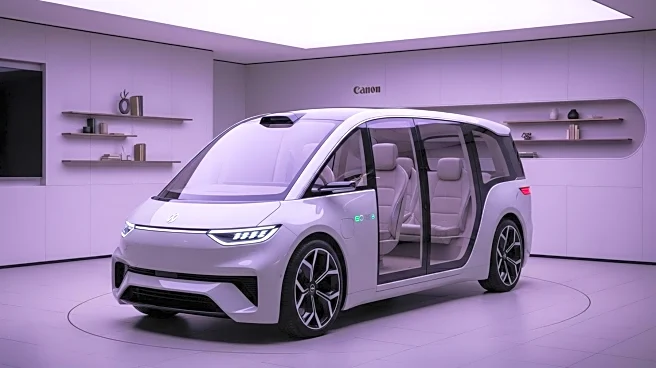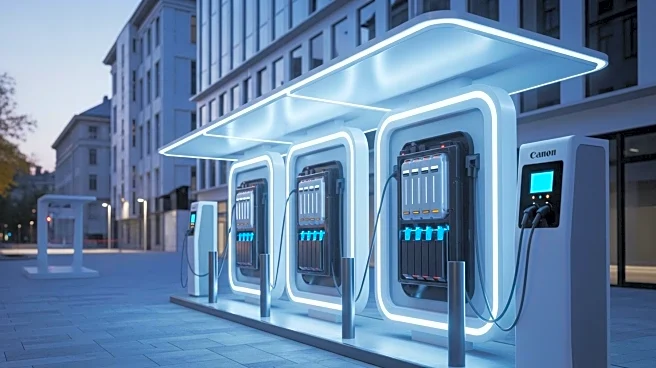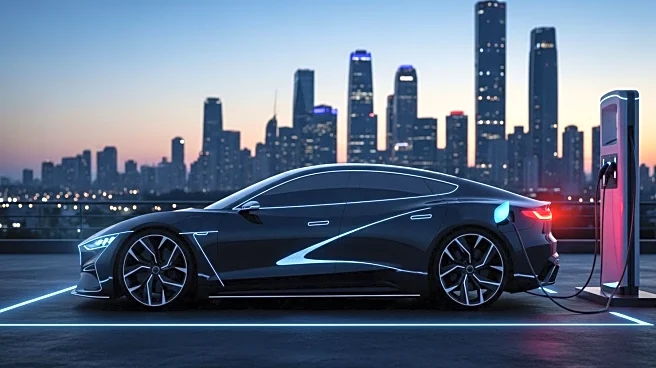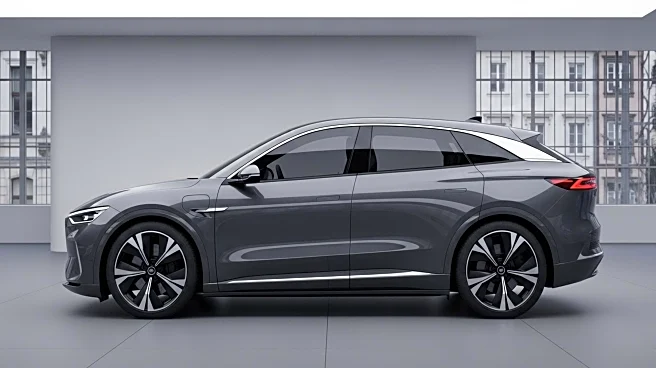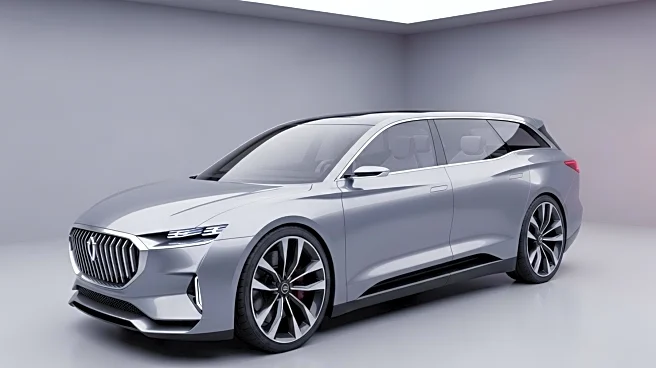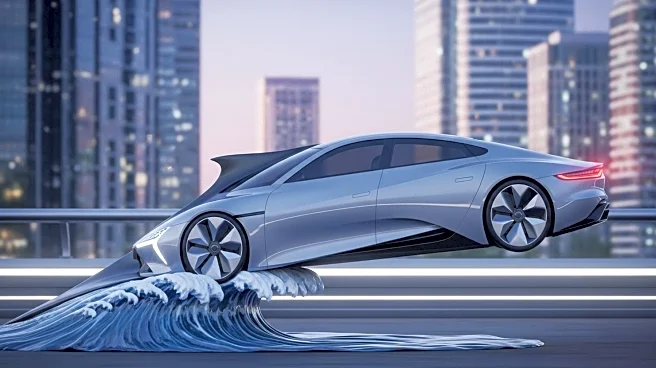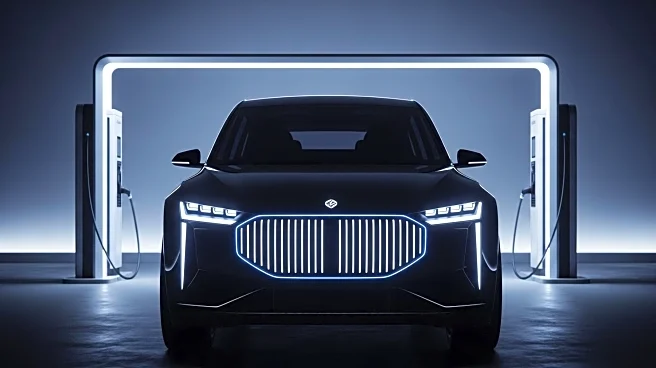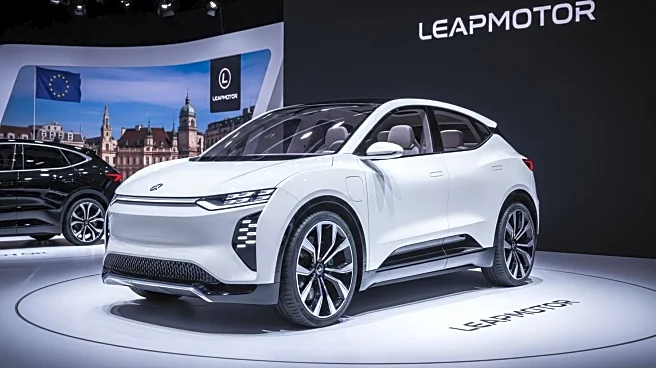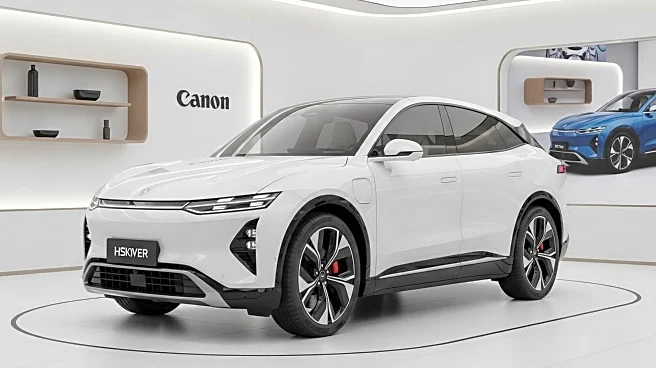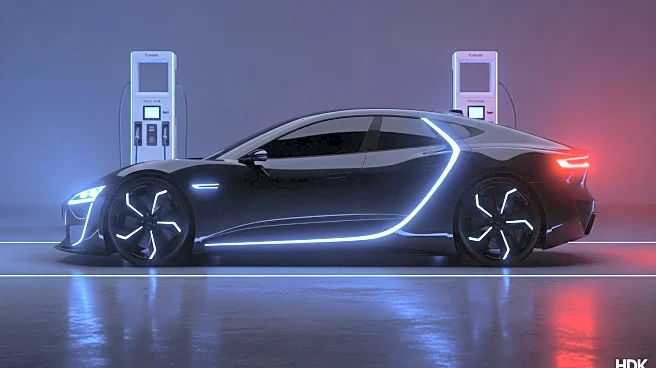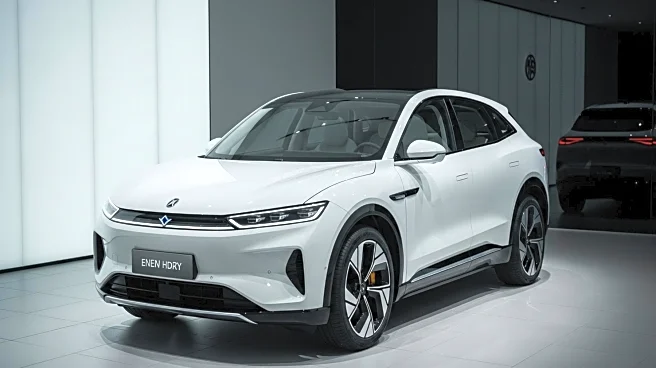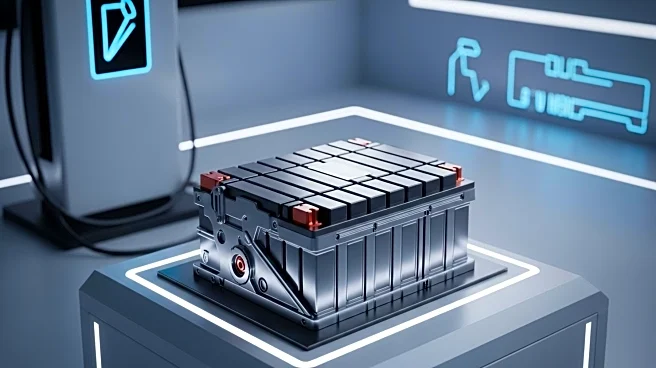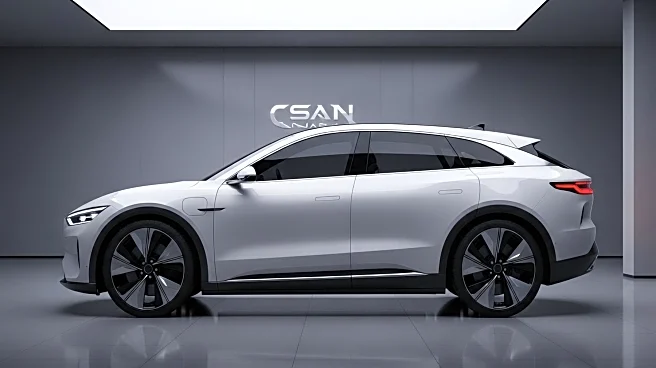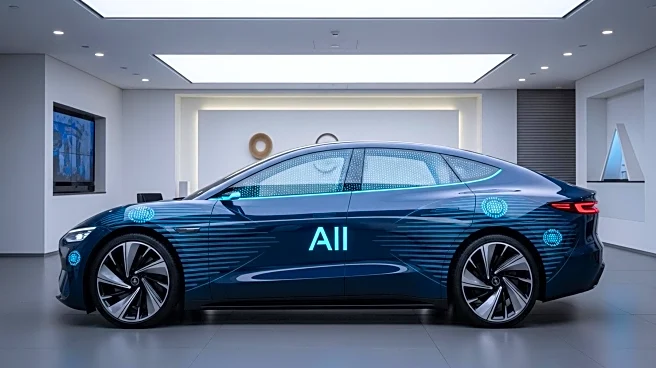What is the story about?
What's Happening?
Skoda has introduced the Vision O concept, a new electric wagon aimed at maintaining the popularity of estate cars in Europe. The Vision O, part of the Volkswagen Group, features a daring design with sharp edges and a minimalist approach, including a tech-loop mask instead of a traditional grille. The concept is larger than the Octavia Combi and slightly shorter than the Superb Combi, offering significant cargo space and a panoramic roof. Inside, it boasts a large rectangular screen and magnetic wireless charging pods. While technical specifications are not fully disclosed, the Vision O is expected to adopt either the MEB architecture or the upcoming SSP platform.
Why It's Important?
The introduction of the Vision O concept highlights Skoda's commitment to electric vehicles and the preservation of the wagon body style in Europe, where these cars remain popular. This move aligns with the broader industry trend towards electrification and offers a glimpse into the future of Skoda's lineup, potentially influencing competitors to innovate similarly. The concept's design and features could set new standards for electric wagons, impacting consumer preferences and market dynamics.
What's Next?
Skoda's Vision O concept is likely to influence the design and features of future production models, including the next-generation Octavia. As Skoda continues to develop its electric vehicle offerings, the Vision O may serve as a blueprint for upcoming models, potentially leading to the integration of innovative features like built-in fridges and portable speakers. The industry will be watching closely to see how Skoda balances its electric ambitions with the continued demand for combustion-engine vehicles.
Beyond the Headlines
The Vision O concept represents a shift in Skoda's design philosophy, embracing bold aesthetics and advanced technology. This change may reflect broader cultural shifts towards sustainability and modernity in automotive design. Additionally, the concept's focus on maximizing interior space and cargo capacity could influence consumer expectations for practicality in electric vehicles.
AI Generated Content
Do you find this article useful?
